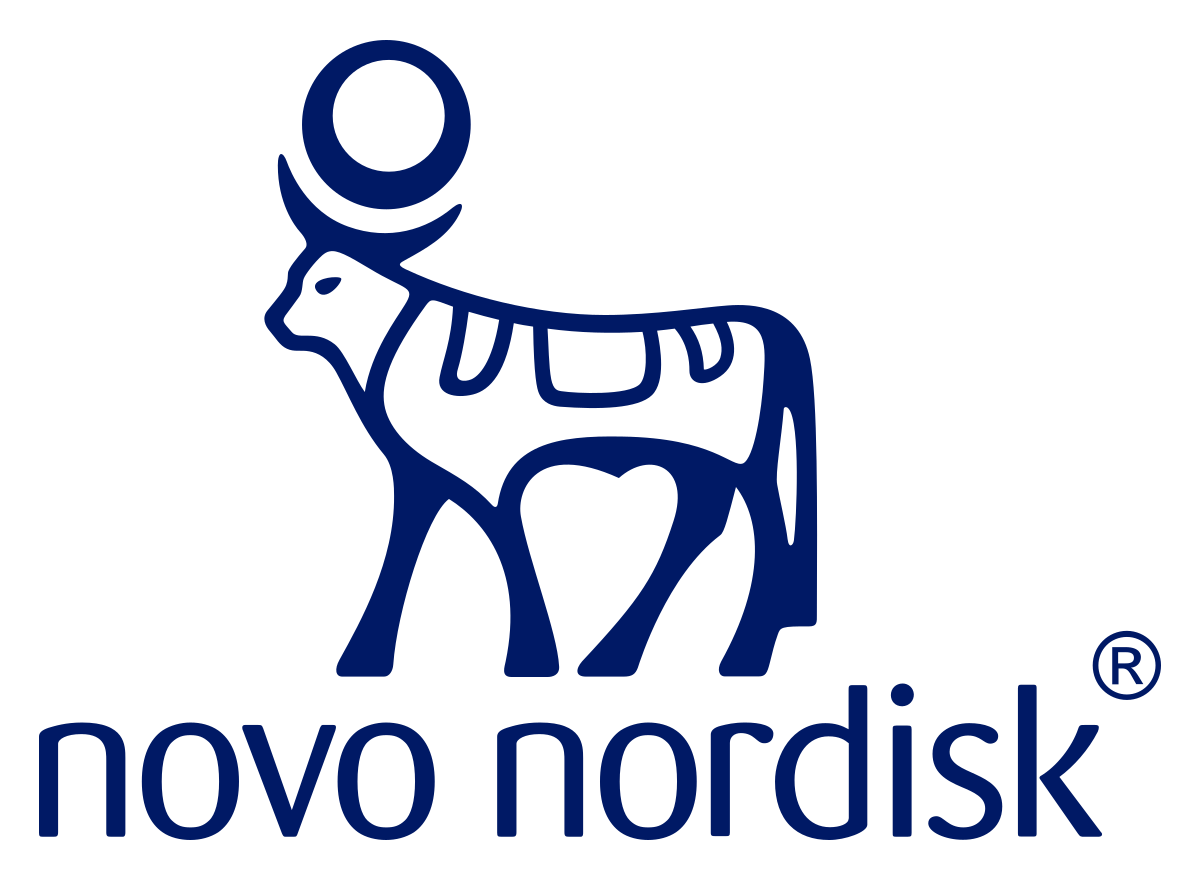预约演示
When the Wegovy stops, the weight gain restarts. Could a GLP-1 gene therapy change that?
2024-06-24
基因疗法临床结果临床研究
The mice that were crossed over from semaglutide to Rejuva maintained their weight loss and improved biomarkers, but the real proof of success was in their beta islet cells.
GLP-1 drugs like Eli Lilly's ZepboundsemaglutideordiRejuvaegovy work to address obesity—as long as a patient keeps taking them.
GLP-1 drugsgopalaEliMLillyPh.Zepbounds hisNovo Nordiskactyl Health, may have theobesity: a gene therapy that integrates a GLP-1-secreting transgene directly into the beta islet cells of the pancreas, locking in the mechanism that gives weight loss drugs their benefits.
“The dialogue has shifted from what amazing things tFractyl Health do to how we keep those effects when people stop the drGLP-1-secretingrebound is so violent and significant that it has become the unmet need in obesity,” Fractyl CEO Rajagopalan told Fierce Biotech Research in an interview. “We’ve got great drugs that can lower your weight and cardiovascular risk, but if the majority of people stop taking them within months and everything gets worse right away, how are we going to actually solve the healthcare problem of obesity?”
The Fractyl team presented new data June 23 at the American Diabetes Association Scientific Sessions showing that the AAV9-based drug Rejuva is an effective “off-ramp” for weight loss drugs in mice, allowing themobesityntaFractylht loss of 22% post-GLP-1 agonist treatment at eight weeks, the equivalent of about five years in humans.obesity
“LilFractylNovo have fantastic drugs with high potency, and they really prove the GLP-1 mechanism and its benefit, but the product forRejuvaimited,” Rajagopalan explained. While other players in the field are trying to develop drugs with longer halfGLP-1s, these still don’t dodge the problems of discontinuation and loss of effect, he said.
Cellular-level differentiation
Fractyl’s ADA conference data comes from a study on 30 mice with obesity. At the start of the experiment, ten were given daily injections of semaglutide, the active ingredient in Wegovy and Ozempic. Another ten received a single administration of Rejuva directly into their pancreas while another ten served as untreated controls.
Fractyl weeks, the cohort that initially received Rejuva had lostobesity their body fat, while the ones that were given semaglutide lost 16%—semaglutidesistent with findings FractWegovyred iOzempicer 2023. The weight loss corresponded to improvemeRejuva glucose and insulin levels, indicating that the treatments were effective against metabolic disease. The mice given Rejuva also preserved more lean muscle than the ones on semaglutide alone.
At that point, the researchers stopped semaglutideRejuvations, randomized the mice in that cohort and gave five of them semaglutider weeks later, they compared those that were treated with the gene therapy to those that weren’t.metabolic diseaseRejuvasemaglutide
Rejuva effectively kept the grams off isemaglutidece of semaglutide. Mice in the crossover arm maintained a 17% fat loss and a 22% total weight loss, while the ones in the discontinuation group regained all but 1% of their baseline weight. The difference extended to their biomarkers, too: Mice that didn’t cross over to Rejuva lost all improvements in their insulin and glucose levels, while they continued to get better in the mice that did.
Rejuvae real proof was in the beta islet cells of the Resemaglutided mice. When the researchers isolated the cells and treated them with various amounts of glucose, they found that they secreted GLP-1 according to how much glucose was present.
“The reason that matters is because it's the first demonstration that our construct, which uses the insulin promoter, is truly nutrient-responsive in how it secretes GLP-1,” Rajagopalan said. “We think that that is an incredible differentiator of this approach.”
If Rejuva reaches the clinic, it will be administered directly into the pancreas using a special device. The approach may solve a couple of key problems that have comGLP-1with gene therapies in the past, the first of which is permanence. Given that beta islet cells don’t divide, one treatment may be enough for long-term efficacy. Second, because the treatment isn’t administered systemically and will likely be effective at relatively low doses, it’s less prone to toxicity than other gene therapies delivered via AAV9, which is already widely considered to be safe, Rajagopalan explained.
He Rejuvaed Fractyl’s gene therapy to Zolgensma, Novartis’ gene therapy for spinal muscular atrophy. Zolgensma also works on non-dividing cells—neurons—and, like Rejuva, uses an AAV9 vector.
“If you're uFractylcapsid where there'Zolgensmaf Novartisce with it already,spinal muscular atrophyreZolgensmaof magnitude less of a dose than what is being used Rejuvaapproved product, we believe that reduces the risk of AAV-associated toxicity,” he said. That said, whether Fractyl’s therapy will be less effective in people who have antibodies to the adenovirus—an old challenge for gene therapies—is an open question that will require clinical studies to answer, he said.
For the company’s diabetes program, such studies are anticipated for the first half of 2025. Fractyl has already nominated a candidate, Rejuva 001, and is in the process of completing investigational new drug-enabling studies. It will nominate an obesity candidate by the end of 2024, Rajagopalan said.
更多内容,请访问原始网站
文中所述内容并不反映新药情报库及其所属公司任何意见及观点,如有版权侵扰或错误之处,请及时联系我们,我们会在24小时内配合处理。
靶点
药物
Eureka LS:
全新生物医药AI Agent 覆盖科研全链路,让突破性发现快人一步
立即开始免费试用!
智慧芽新药情报库是智慧芽专为生命科学人士构建的基于AI的创新药情报平台,助您全方位提升您的研发与决策效率。
立即开始数据试用!
智慧芽新药库数据也通过智慧芽数据服务平台,以API或者数据包形式对外开放,助您更加充分利用智慧芽新药情报信息。




